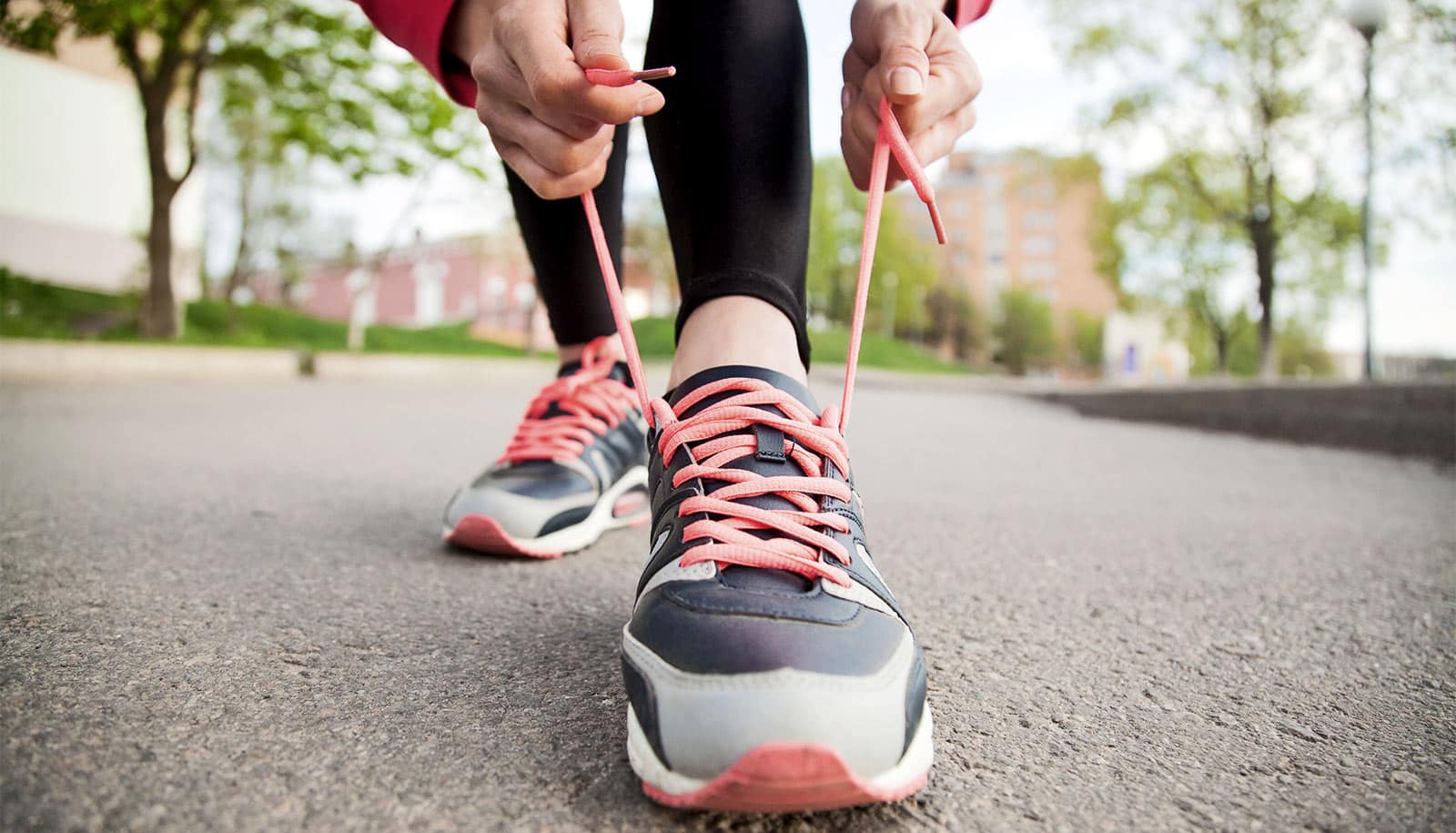Workers looking to reduce discomfort and boost productivity may want to switch to a standing desk, according to new research.
In the study, researchers found that while 80% of office workers using a traditional desk and chair experienced lower back discomfort, that number dropped to just over 50% among workers with so-called “stand-biased” desks.
Users of these desks—defined as a fixed work surface at approximately standing elbow height in conjunction with a drafting stool or chair with an extended cylinder—also logged a significantly higher word count while typing compared to those using a traditional workstation, though they made more typos too, the study notes.
It is well-documented that office workers who spend most of their eight-hour workdays seated experience symptoms such as daytime exhaustion, hypertension, and musculoskeletal discomfort more often than those who are less sedentary.
Although devices such as standing desks have been found to alleviate physical symptoms and increase worker productivity, questions remain regarding the best use of the primary types of workstations—stand-biased, traditional, and “sit-stand” or hybrid work stations—for increasing workers’ physical activity and preventing health problems.
To answer some of these questions, a team of researchers from the School of Public Health measured the computer usage and activity levels of 61 office workers at a major university for 10 days to evaluate any discomfort and develop possible remedies.
“What makes our research unique is our use of computer utilization as a possible indicator of, and proxy for, work productivity in all three workstation types,” says Kaysey Aguilar of the Texas A&M University School of Public Health.
The researchers placed participants in three study groups according to the type of workstation they used (stand-biased, sit-stand, or traditional), with those using traditional seated workstations serving as the control group. The researchers defined sit-stand workstations as desktop units and those with a fully height-adjustable work surface paired with a traditional office chair.
The researchers gathered demographic data on workers and information on how they used office equipment such as footrests, monitor arms, keyboard trays, or anti-fatigue mats at their workstation. They also collected data on the amount of time the workers spent standing at their workstation and their use of a sit-stand or stand-biased workstation. The researchers asked participants about discomfort in the neck, upper back, lower back, shoulder, wrist and hand, hips, knees, and ankles and feet.
To measure productivity, the team monitored participants’ workstation computer use through hidden and silent data-logging software. To monitor physical activity, participants used an activity sensor that ran for one workweek to quantify and measure the participants’ activity levels and energy expenditures. Each participant’s files were downloaded and aggregated to ensure a minimum of 10 workdays of computer use data, which were analyzed using statistical analysis software (SAS®).
“We found no significant difference in the number of keyclicks between the three groups, but the stand-biased group had a significantly higher word count and more errors than the traditional group,” Aguilar says.
“In addition, the 24-hour activity data revealed that the stand-biased group had significantly more standing time, less sitting time, and fewer transitions per hour compared to their traditional counterparts.”
In terms of discomfort, 65% of all participants reported having neck discomfort and 80% of the traditional workstation group reported discomfort of the lower back, compared to 51.7% of the stand-biased group.
Although the stand-biased and sit-stand groups stood more and sat less than the traditional group, the difference in outcomes was not statistically significant. In addition, while the traditional group transitioned from seated to standing postures significantly more often, the stand-biased group expended more energy.
“The bottom line is that the risk of health issues from sedentary work can be alleviated through alternative desk options, like sit-stand or stand-biased workstations,” Aguilar says.
“These are win-win solutions because they benefit worker’s health while maintaining the high productivity employers expect.”
The research appears in IISE Transactions on Occupational Ergonomics and Human Factors.
Source: Texas A&M University



